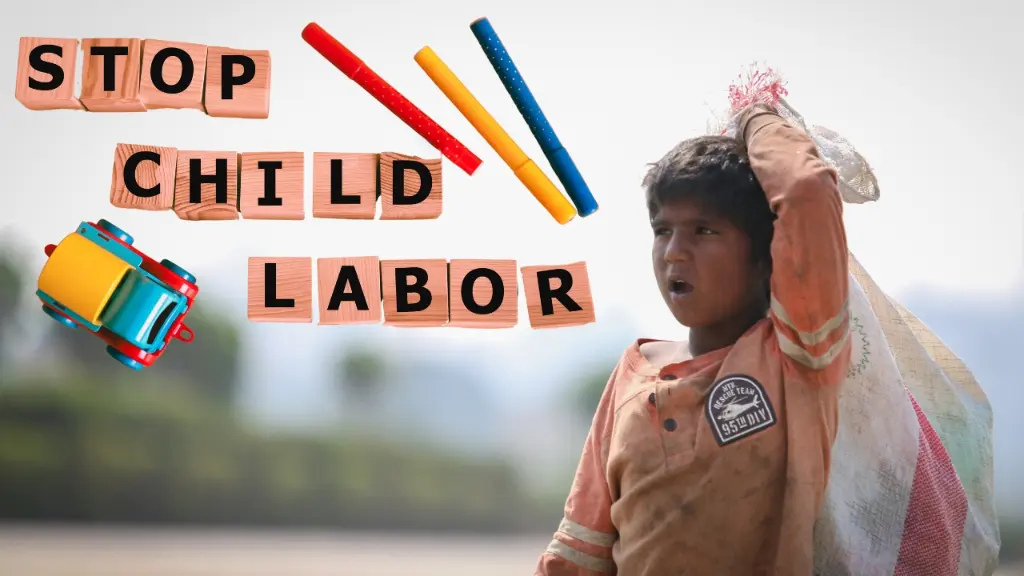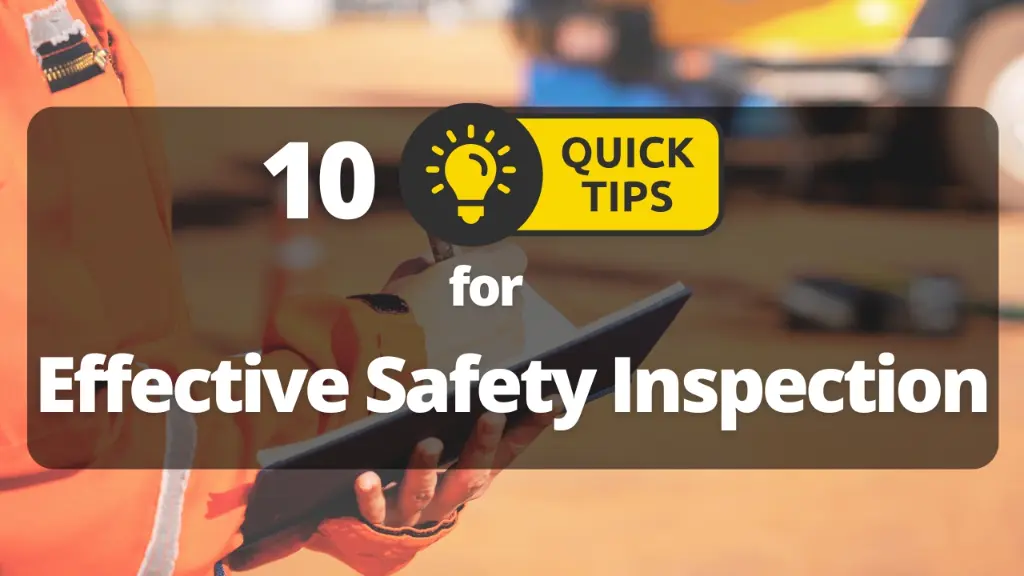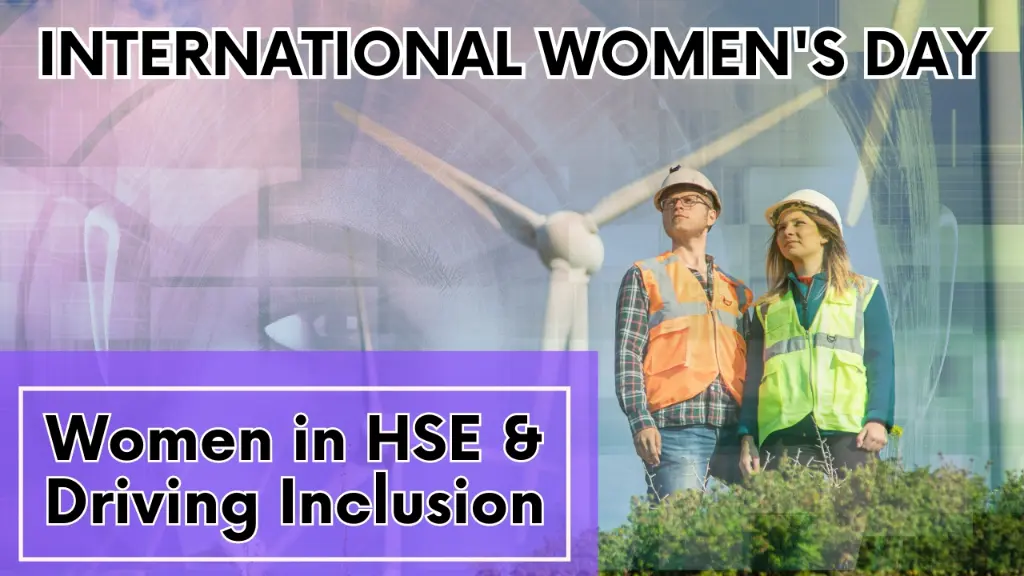This blog explores the journey of the development of Child Labour Laws in India and tracing its connection to United Nations Convention on the Rights of the Child (UNCRC) provisions. Understand how international regulations co-relates into Child Labour (Prohibition and Regulation) Act in India and empower yourself to fight against child labour!
1. Every Child Deserves a Childhood: Understanding the Child Labour Laws in India in Simple Terms
Child Labour is a pressing issue not only in India but globally. Children are the future of any nation, and it’s our responsibility to ensure their well-being and development.
Child Labor! What’s the big deal? Imagine a child, barely ten years old, working at a tea stall. Their tiny hands are struggling with heavy pots. This is child labour and it’s illegal not only in India but many other contries.
2. Definition of Child Labor:
According to International Labor Organisation (ILO), the term “child labour” is defined as work that deprives children of their childhood, their potential and their dignity, and that is harmful to physical and mental development.
3. The Law Development Journey:
The development of laws related to child labor in India has been a journey and evolved through its Constitution and various laws. This has reflected the country’s commitment to protecting the rights of its children.
The journey of development of Child Labor Law intersects with the timeline of the United Nations Convention on the Rights of the Child (UNCRC), highlighting India’s efforts to align its legal framework with international standards.
Here’s a brief reflection on the timeline:
3.1 Constitutional Framework (1950):
The Constitution of India adopted in 1950, laid the foundation for addressing child labor by including provisions related to the prohibition of forced labour and the promotion of education. Some of the key provisions are:
- Article 24 prohibits children below 14 from working in hazardous occupations and factories/mines.
- Article 39 mandates the State to protect children from exploitation and ensure their right to education.
- Constitute amendment in the year 2005 through Article 21A guarantees free and compulsory education for children aged 6-14.
3.2 Early Legislation (Pre-UNCRC & Dedicated Child Labour Prohibition & Regulation Act in India):
- Factories Act (1948) restricts child labor in factories.
- Mines Act (1952) bans children below 16 from underground mines.
Despite the above development, there was no dedicated legislation specifically targeting child labor until 1986 when the Child Labour (Prohibition and Regulation) Act was enacted. This Act outlined specific hazardous occupations and processes children cannot be involved in. It also regulates working conditions for children allowed to work in non-hazardous occupations (14-18 years old).
3.3 United Nations Convention on the Rights of the Child (UNCRC)
The UNCRC, adopted by the UN General Assembly in 1989, provided a comprehensive framework for the rights of children, covering areas such as education, healthcare, and protection from exploitation.
3.4 UNCRC Ratification by India (1992) and Subsequent Developments:
- India ratified the UNCRC in 1992 to strengthen its commitment to upholding the rights enshrined in the Convention.
- Child Labour (Prohibition & Regulation) Act (1986):
- Expands hazardous occupation list and raises minimum age to 14 for non-hazardous work.
- Regulates working conditions for children aged 14-18.
- Right to Education Act (2009) guarantees free and compulsory education for children 6-14 years, aiming to reduce child labor through education access.
- The Juvenile Justice (Care and Protection of Children) Act 2002 and amended in 2015, addressed issues related to juvenile justice and rehabilitation, aligning with the principles of the UNCRC.
4. How UNCRC provisions correlate with Indian Law & regulations:
Here is how the key features or provisions of the UNCRC correlate with the Indian Constitution and the Child Labour (Prohibition and Regulation) Act, 1986:
4.1 Right to Education (Article 28):
The UNCRC emphasizes the right of every child to education. Similarly, the Indian Constitution, under Article 21A, guarantees the right to education for children between the ages of 6 and 14.
The Child Labour (Prohibition and Regulation) Act, 1986 complements this by prohibiting the employment of children below the age of 14, thereby ensuring that they have the opportunity to attend school and receive an education.
4.2 Protection from Exploitative Labour (Article 32):
The UNCRC prohibits economic exploitation and hazardous work for children. In line with this, the Indian Constitution, through various provisions such as Article 24, prohibits the employment of children in hazardous occupations.
The Child Labour Act further strengthens this protection by prohibiting the employment of children below the age of 14 in any occupation, whether hazardous or not.
4.3 Right to Health and Welfare (Article 24):
The UNCRC emphasizes the right of children to the highest attainable standard of health and access to healthcare services. Similarly, the Indian Constitution, under Article 39(e) and (f), directs the state to ensure that children are not abused and that they are given opportunities and facilities to develop in a healthy manner.
The Child Labour Act contributes to this by regulating the working conditions of adolescents (14-18 years) to ensure their health and welfare are safeguarded while they are engaged in permissible work.
4.4 Best Interests of the Child (Article 3):
The UNCRC prioritizes the best interests of the child in all actions concerning them. Similarly, the Indian Constitution, under various provisions such as Article 15(3) and Article 39, emphasizes the state’s obligation to protect and promote the rights of children.
The Child Labour Act reflects this principle by focusing on the welfare and protection of children, both through the prohibition of child labour and the regulation of adolescent labour in safe environments.
5. Conclusion of child labour Laws in India:
In summary, the Child Labour (Prohibition and Regulation) Act, 1986 in India aligns with the principles and provisions of the UNCRC by prioritizing the rights, welfare and best interests of children.
It reflects India’s commitment to ensuring that every child is protected from exploitation, has access to education and can grow as well as develop in a safe & healthy environment which are in accordance with both international standards and the Indian Constitution.
Overall, India’s legal framework has strengthened in line with the UNCRC, but implementation and addressing root causes remain key challenges for eradicating child labor.
Disclaimer: This blog is for informational purposes only and does not constitute legal advice. Please consult a professional for specific legal guidance and deeper research is recommended for a more comprehensive understanding.
Click the link to read more topics on 2024 Calendar and Important Days for HSE Professionals.
For future updates, suggestion and discussion, please connect with us on Facebook, Twitter & Linkedin.






